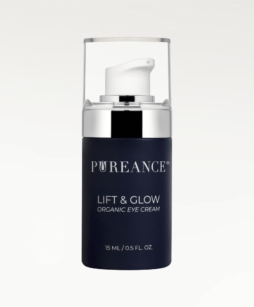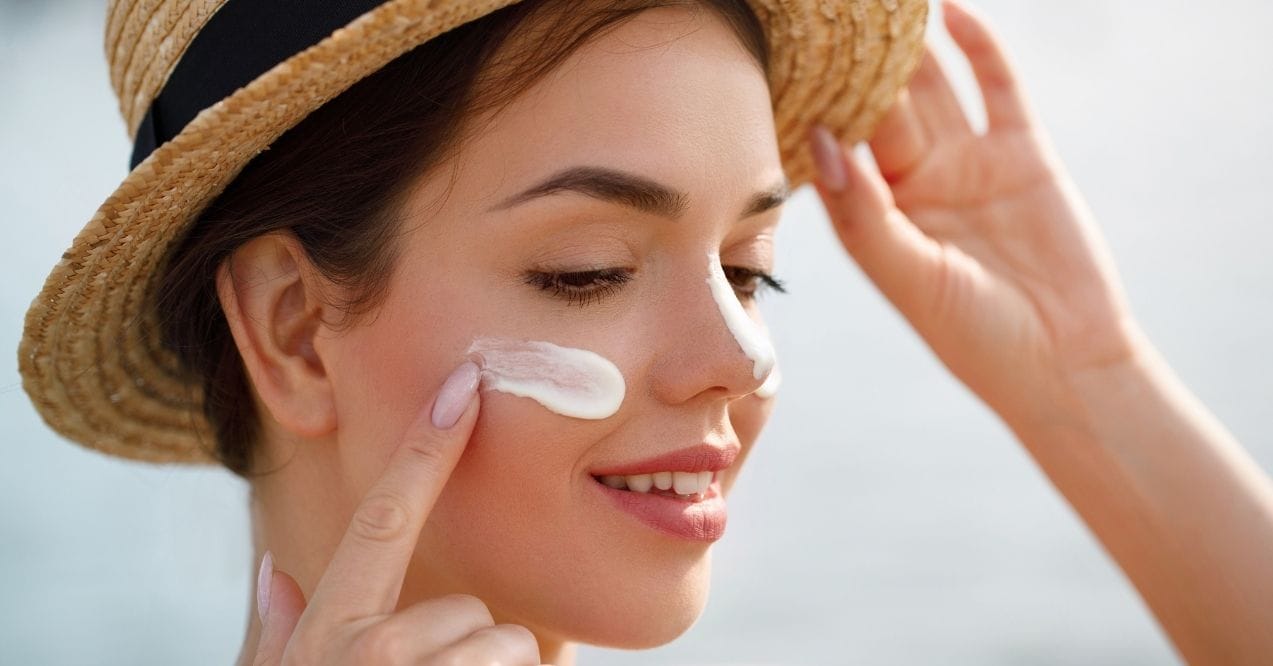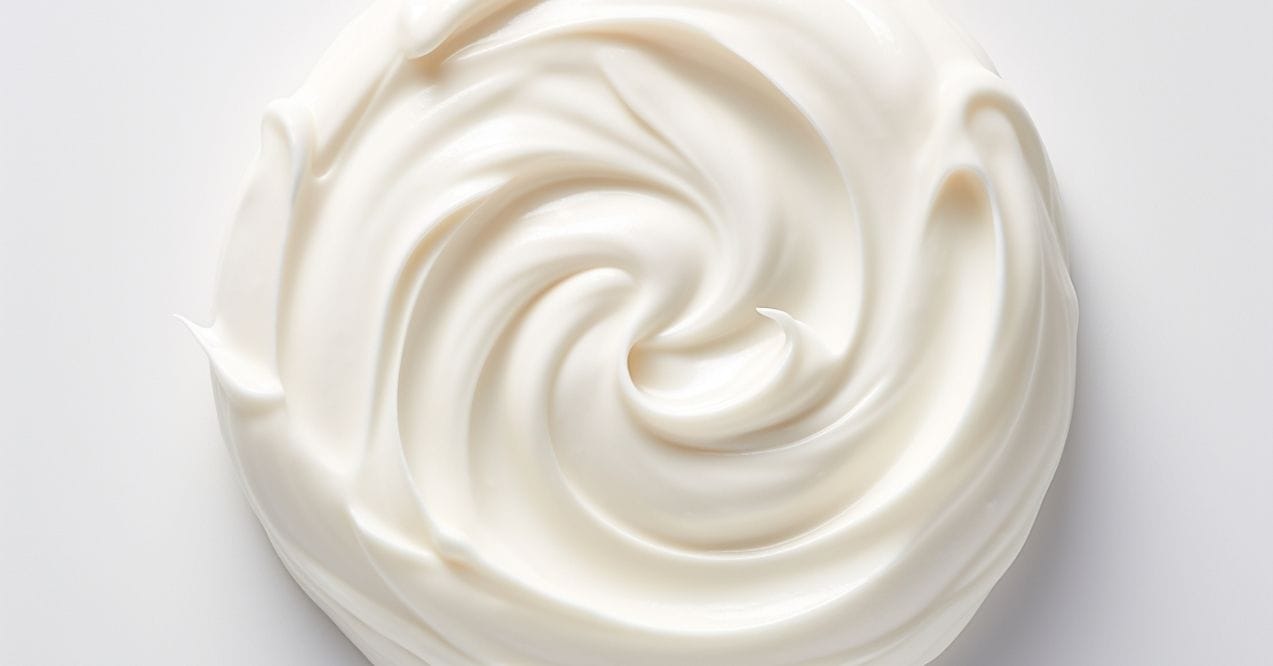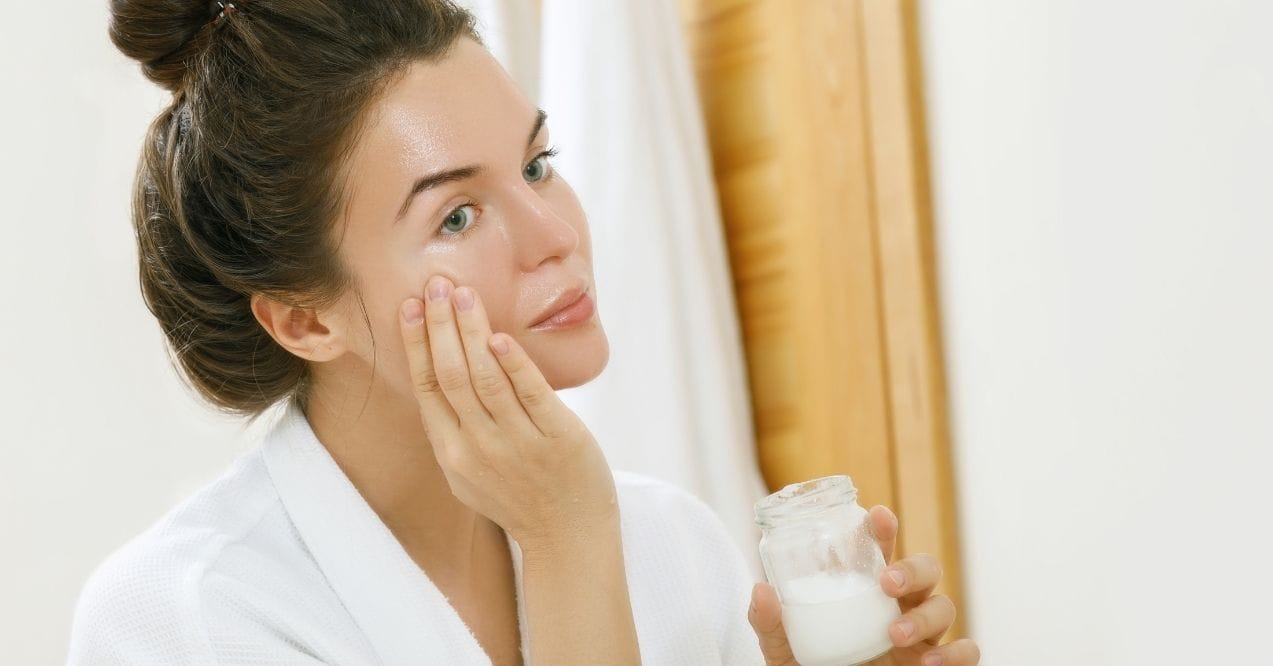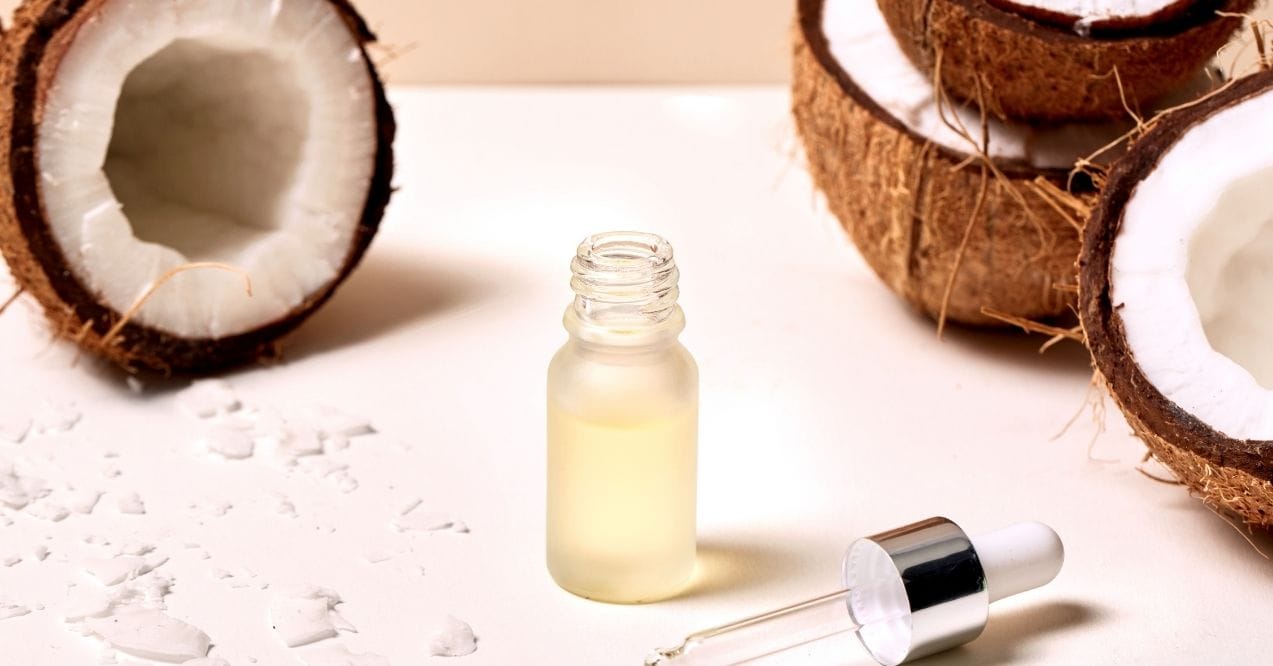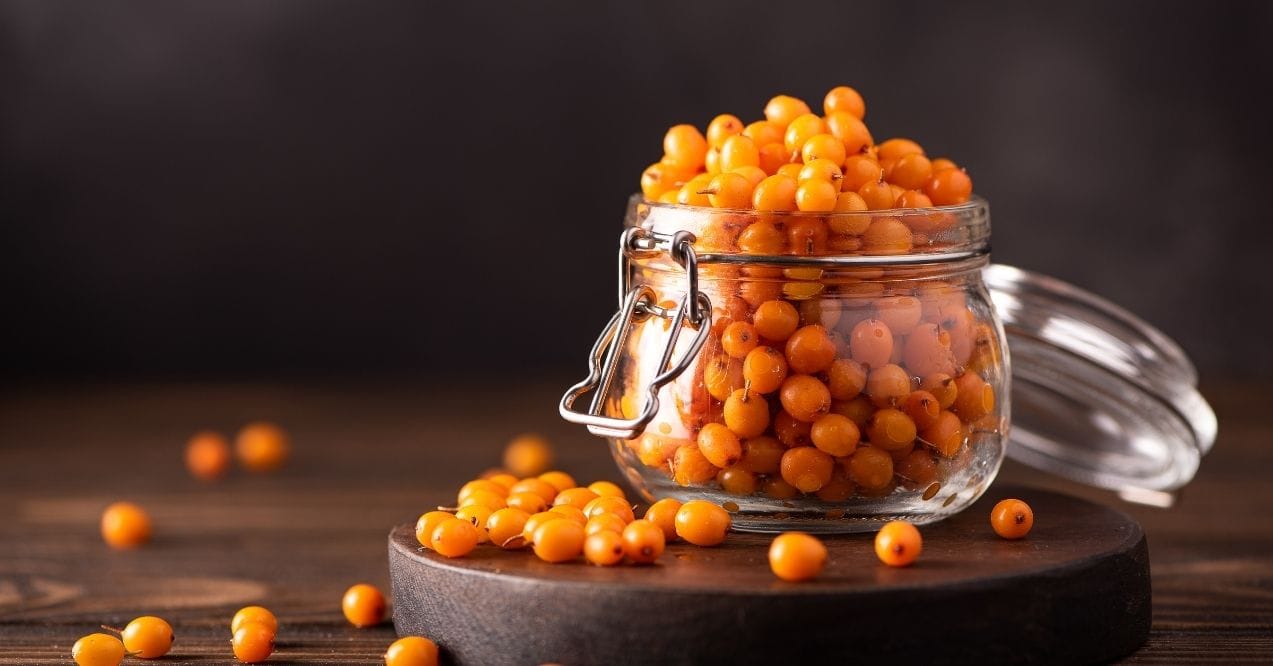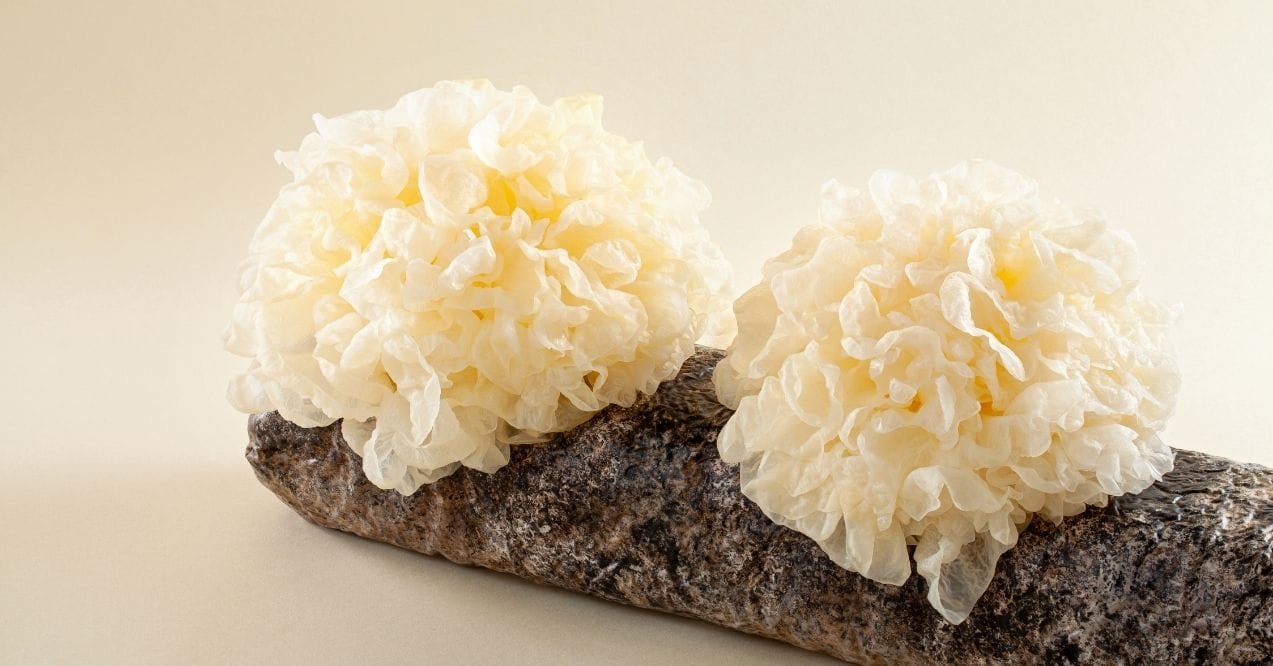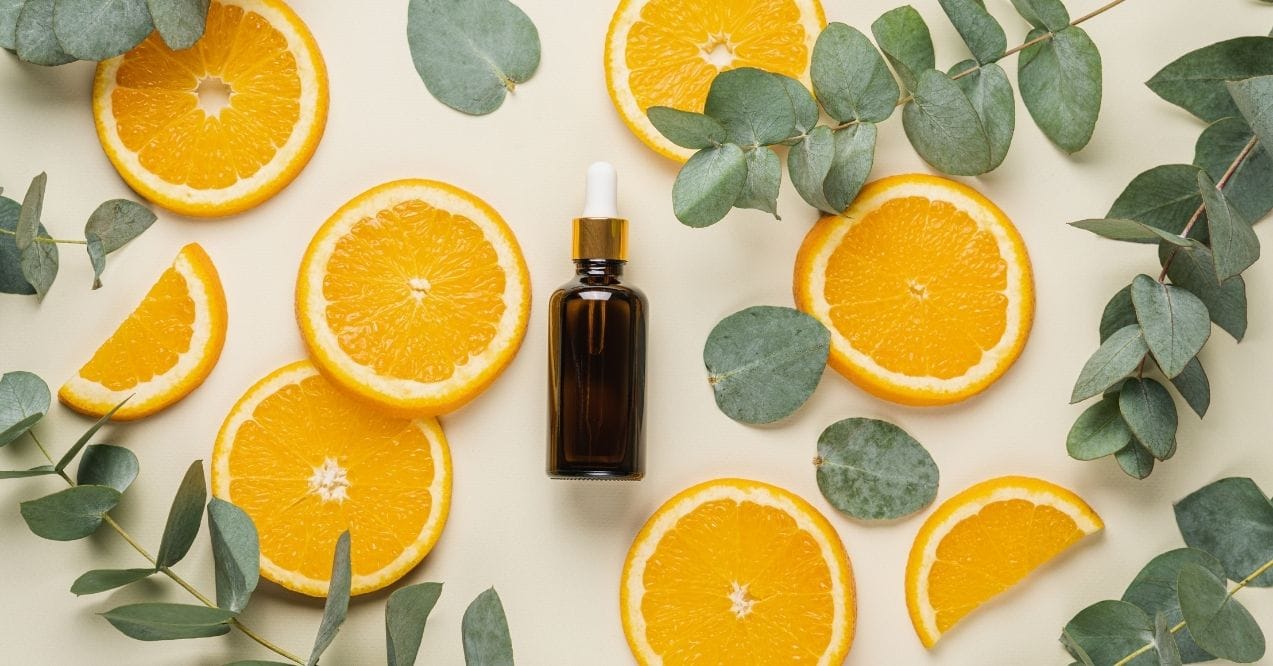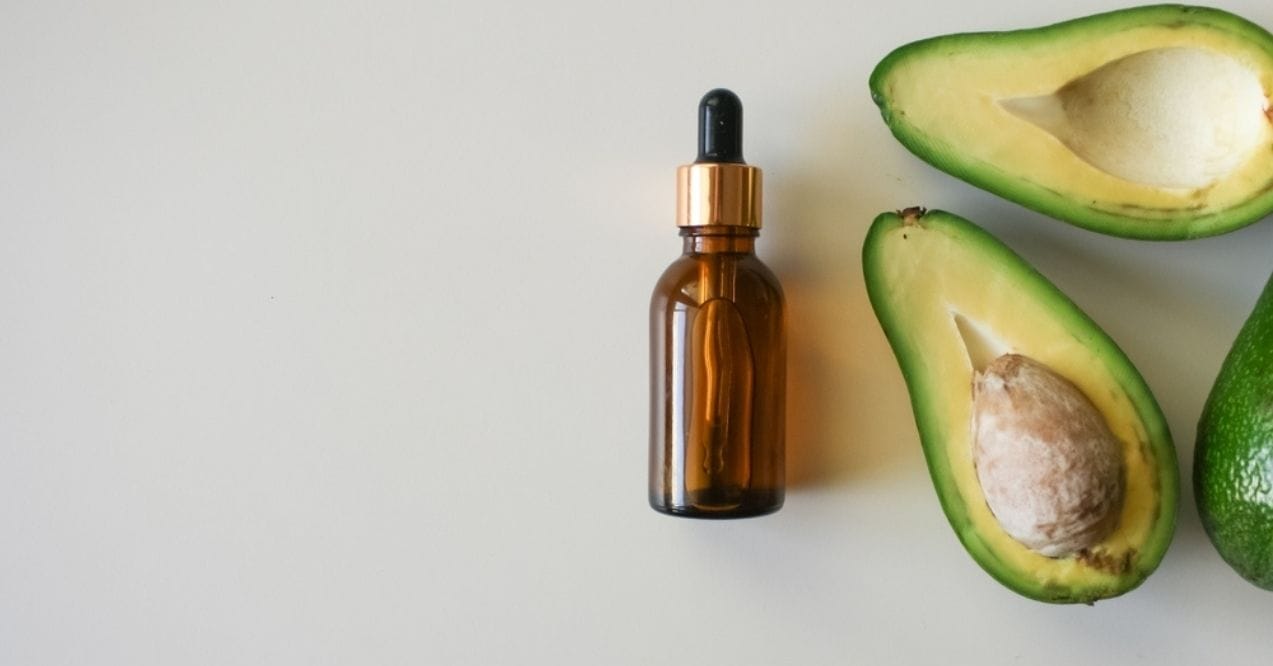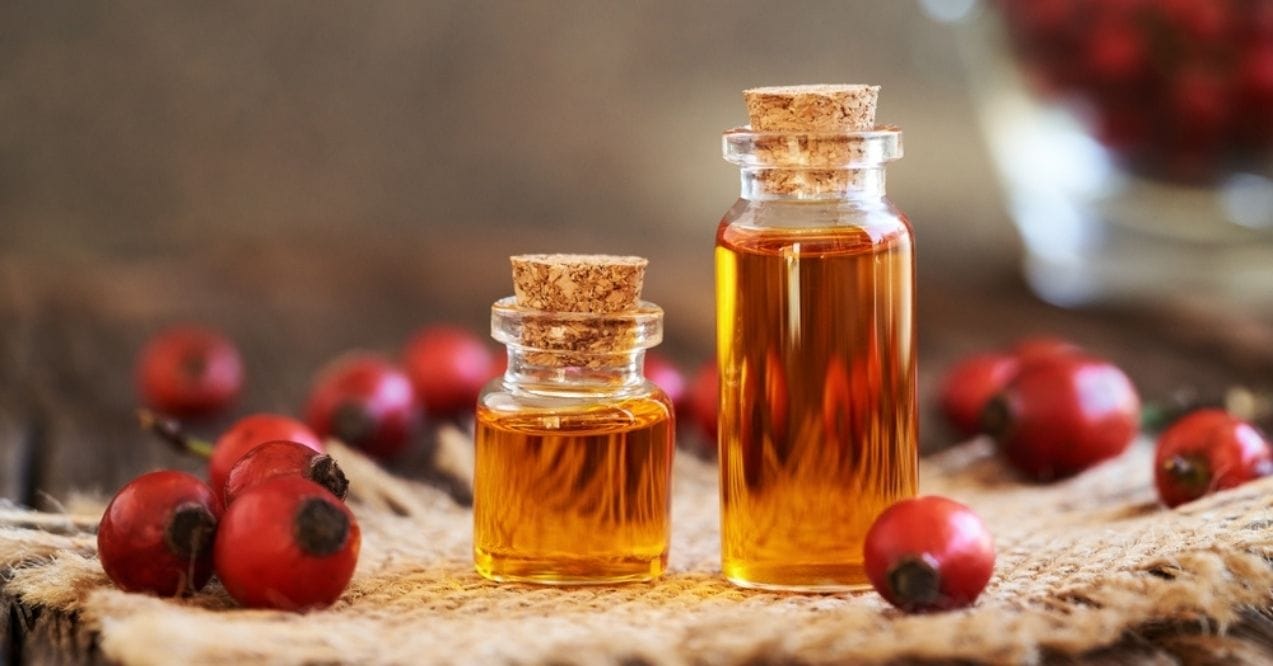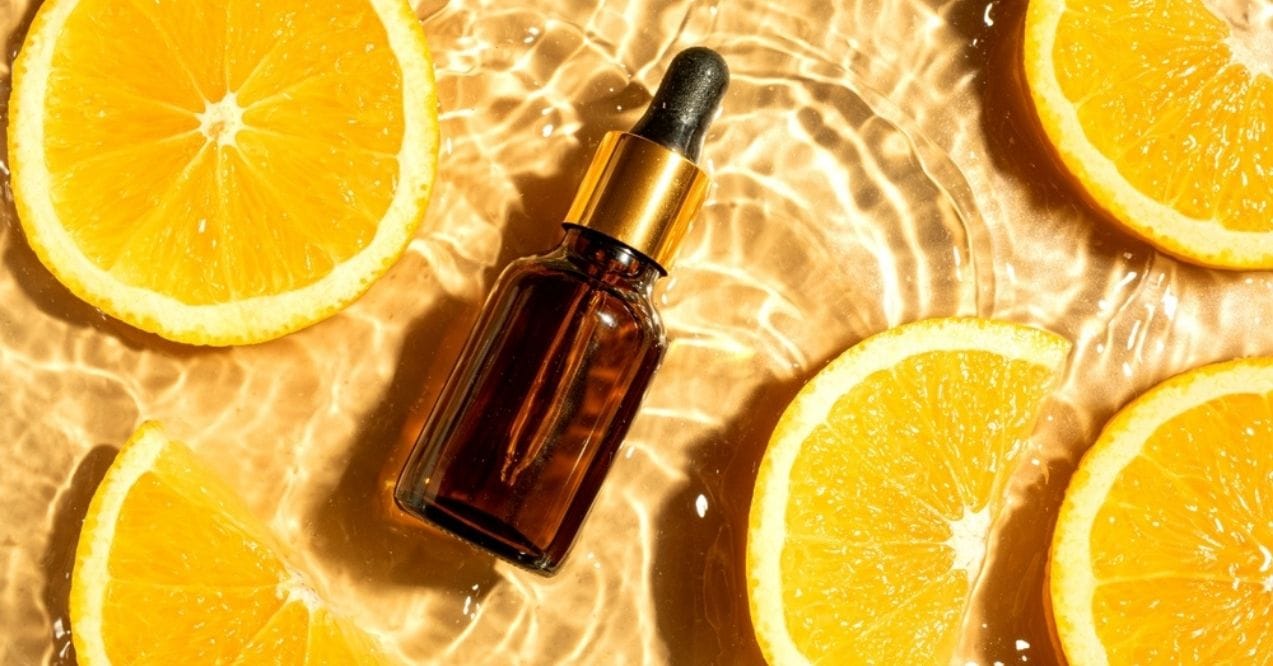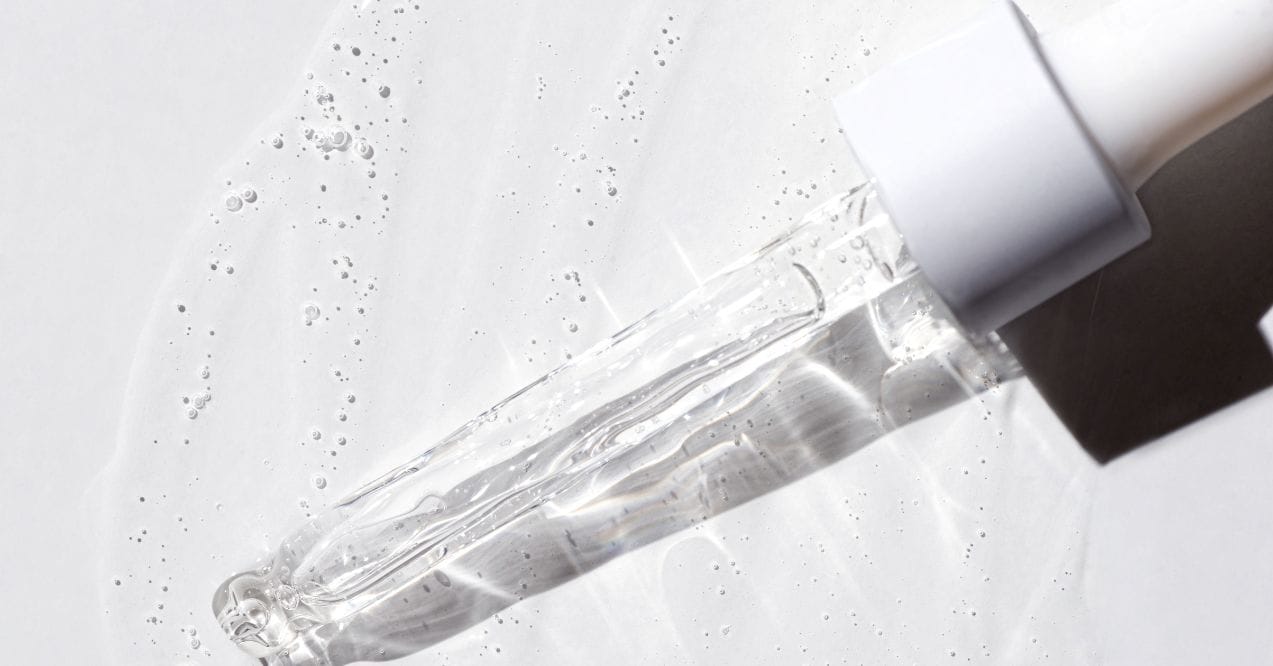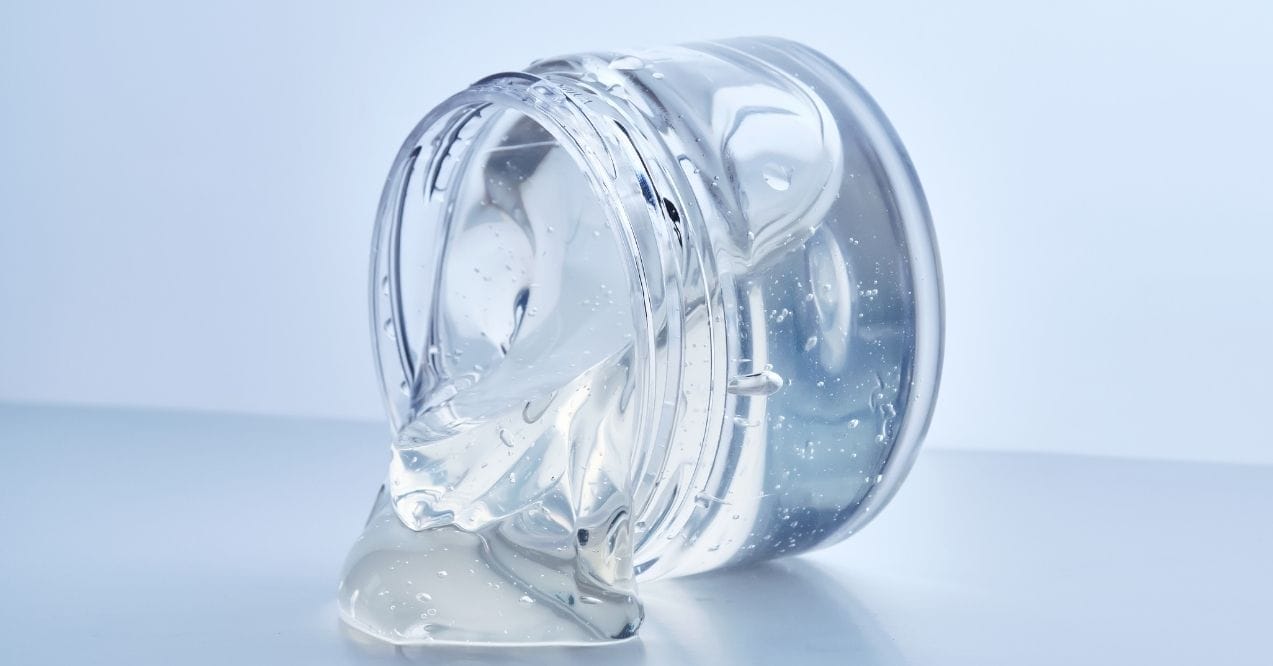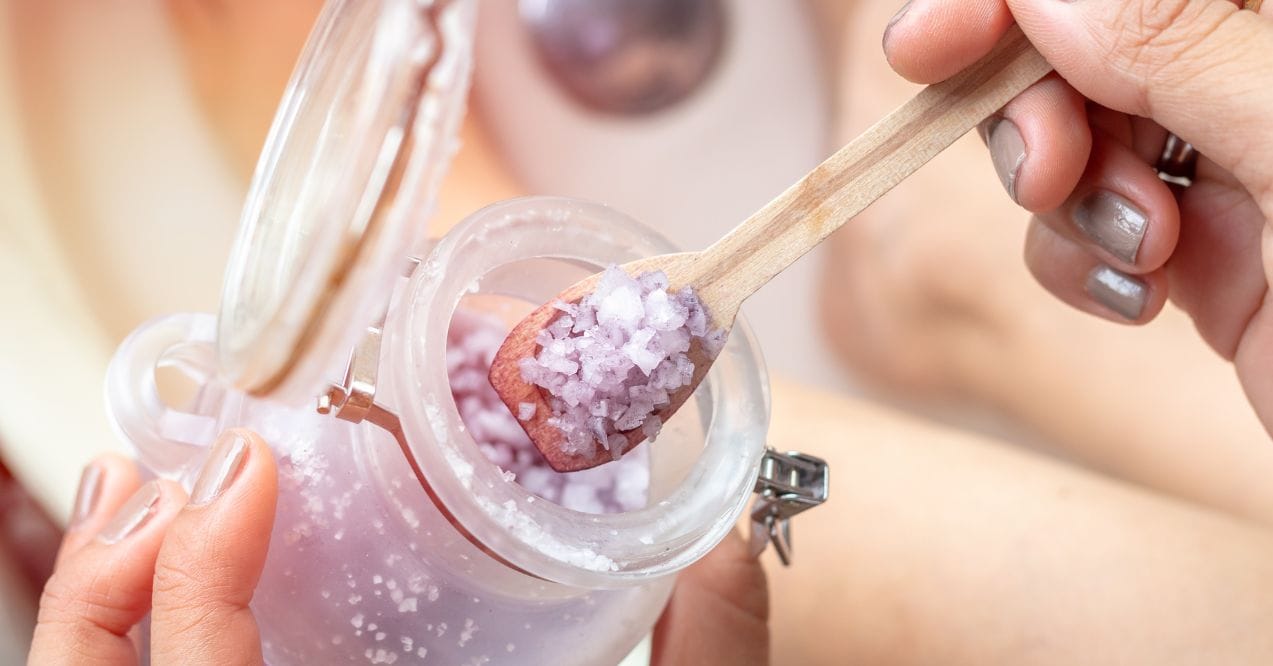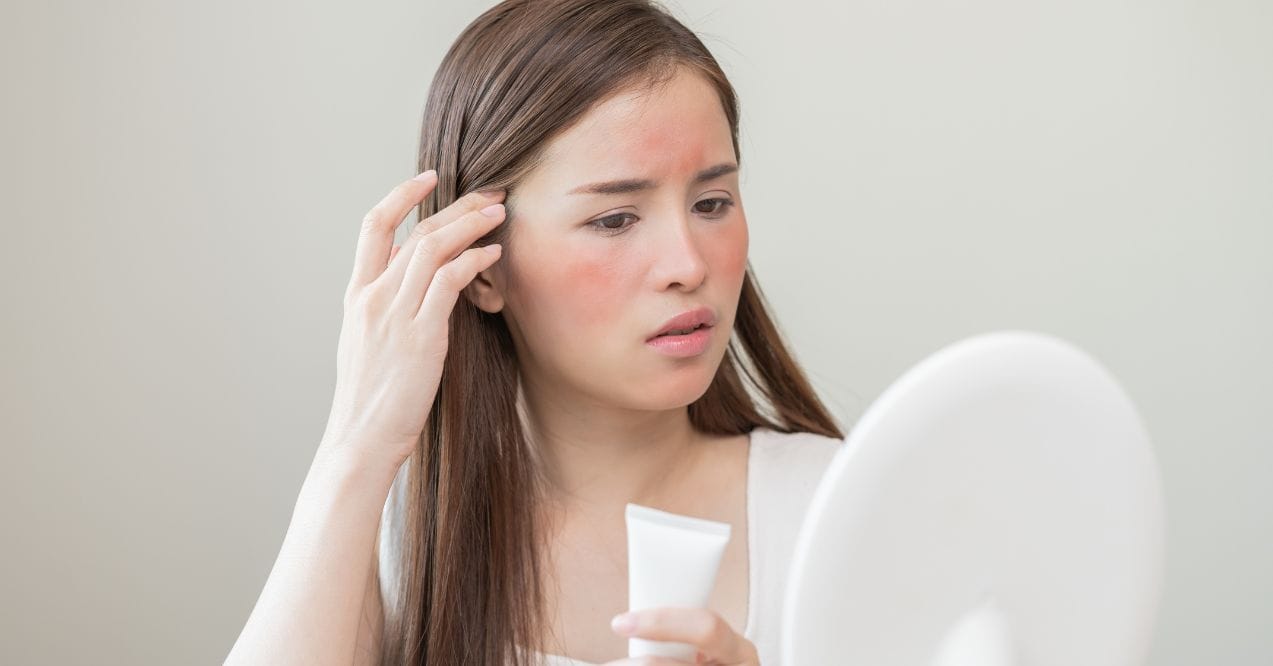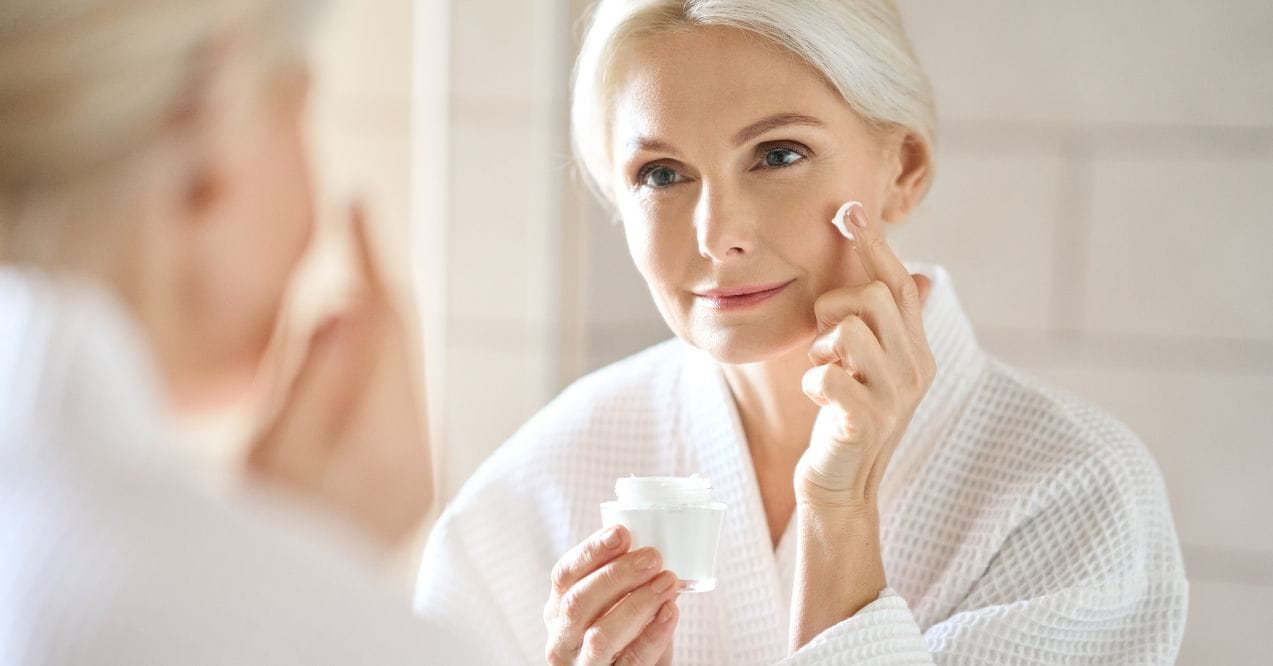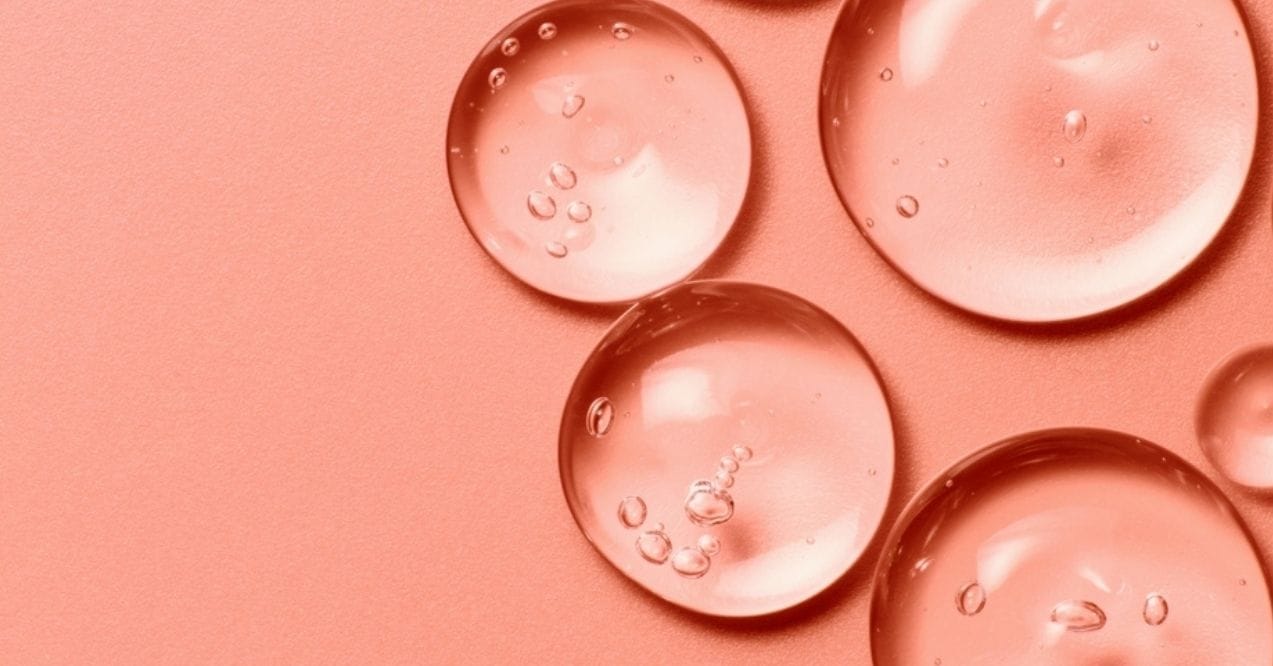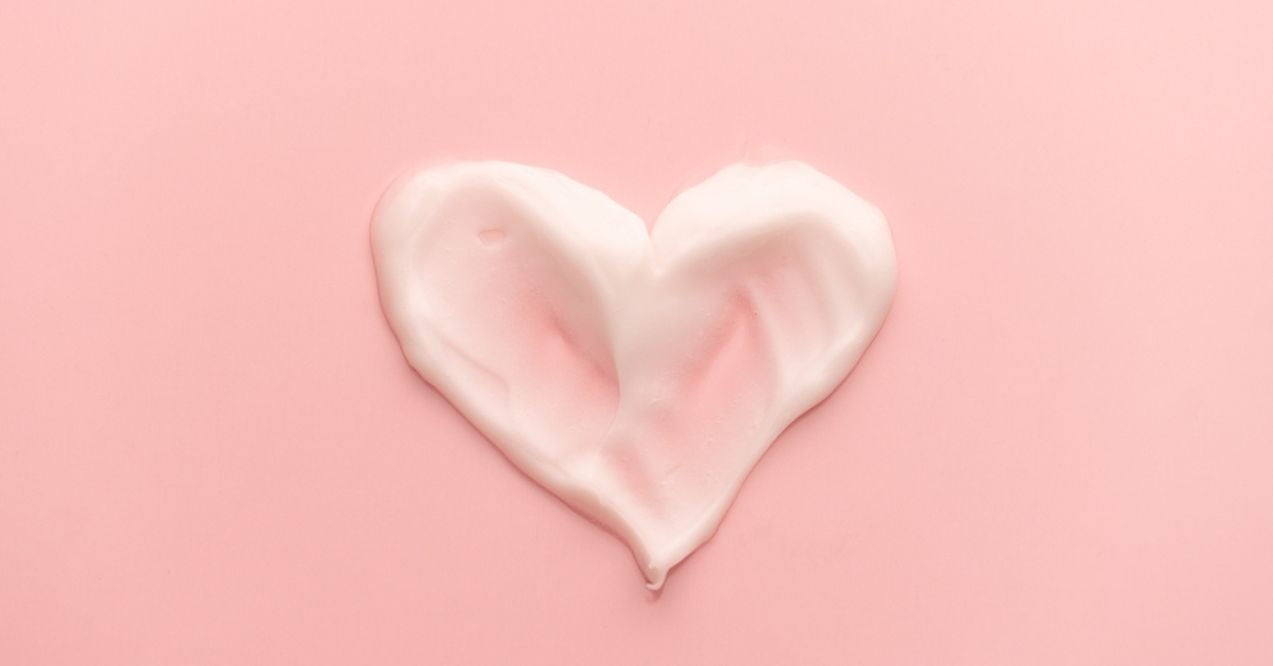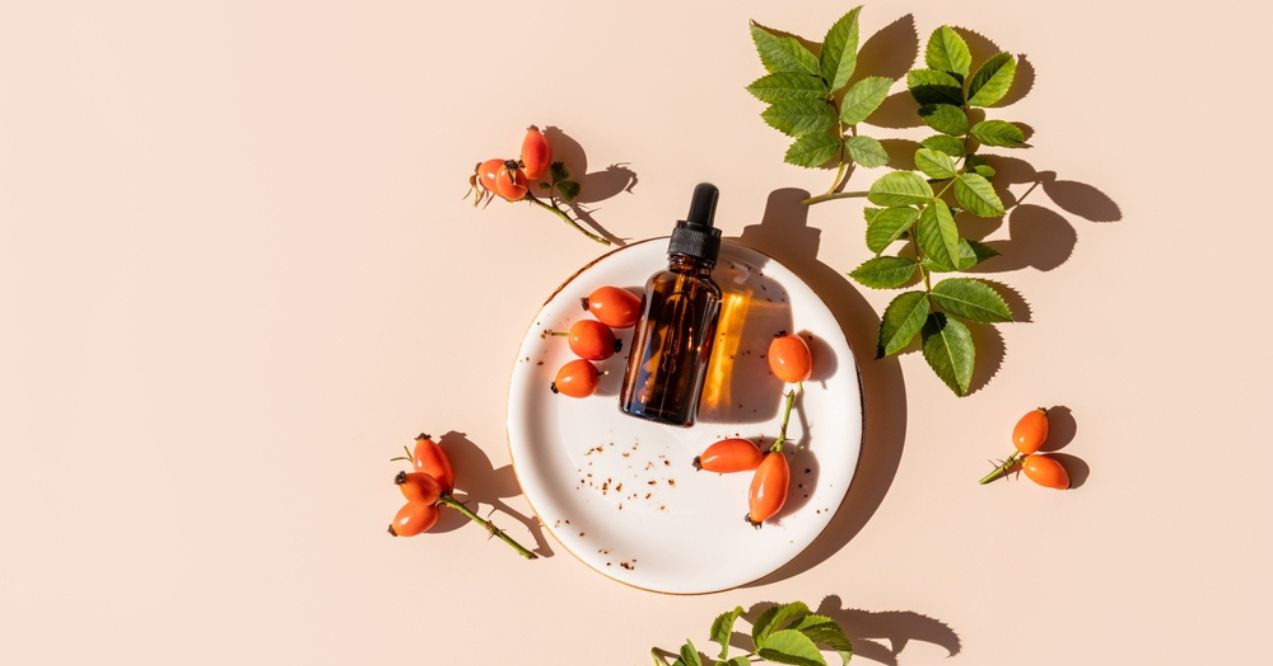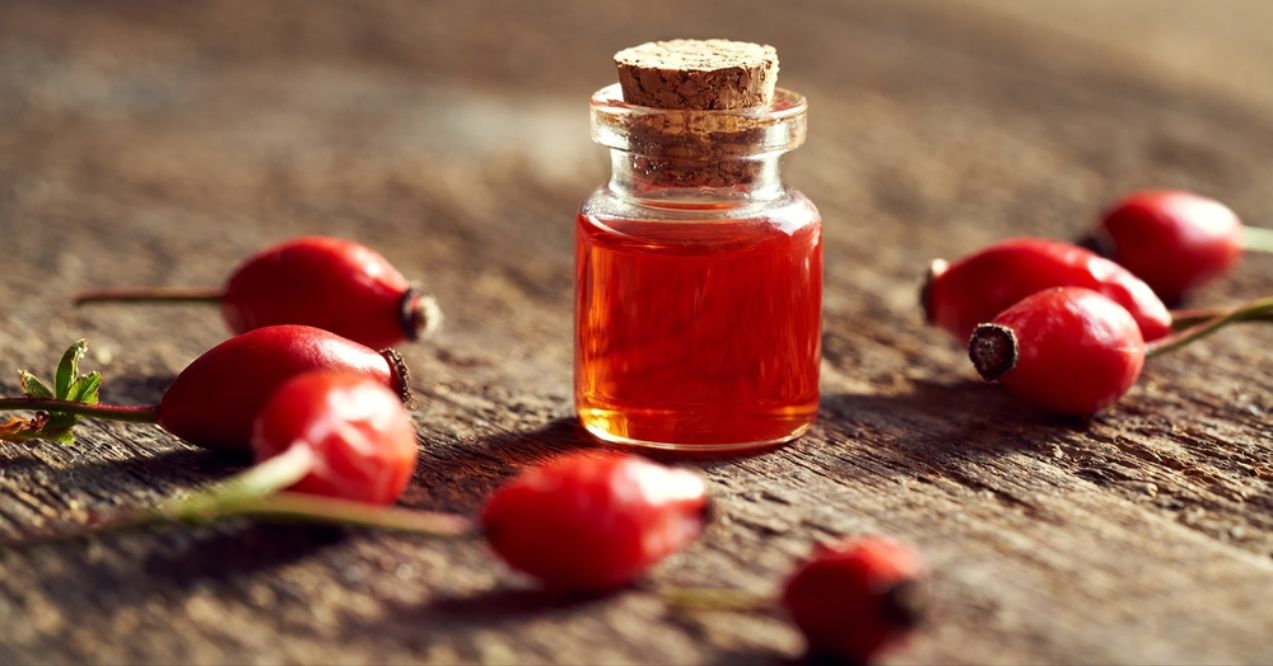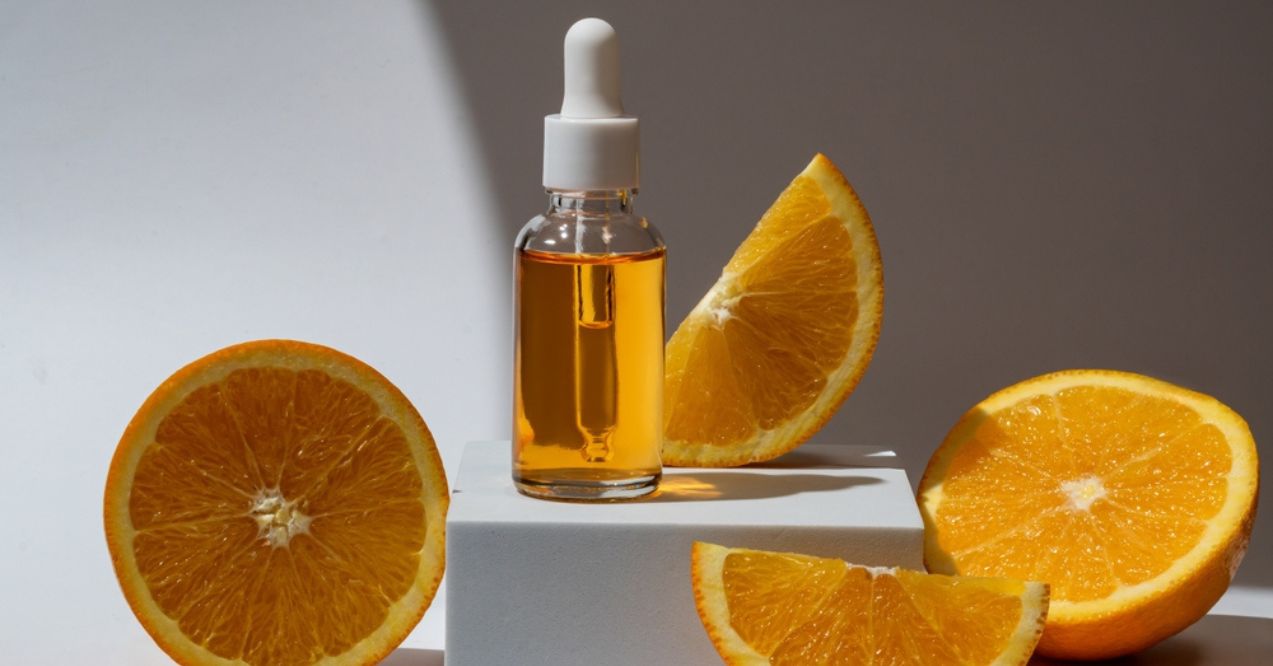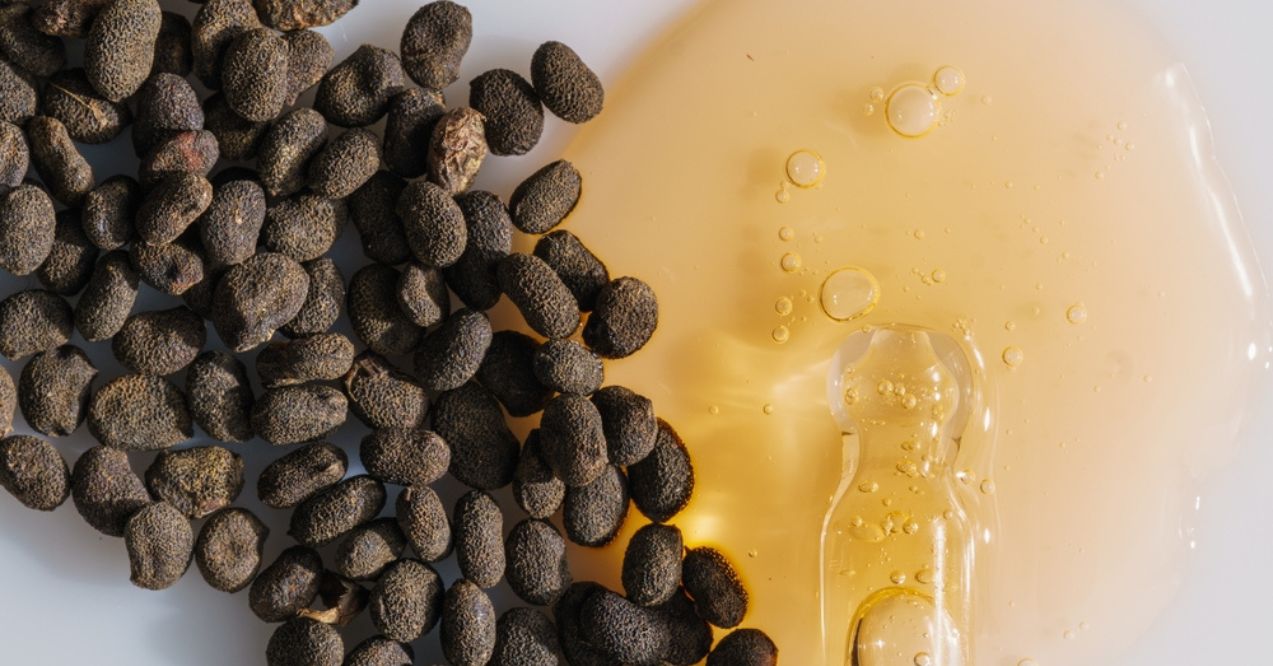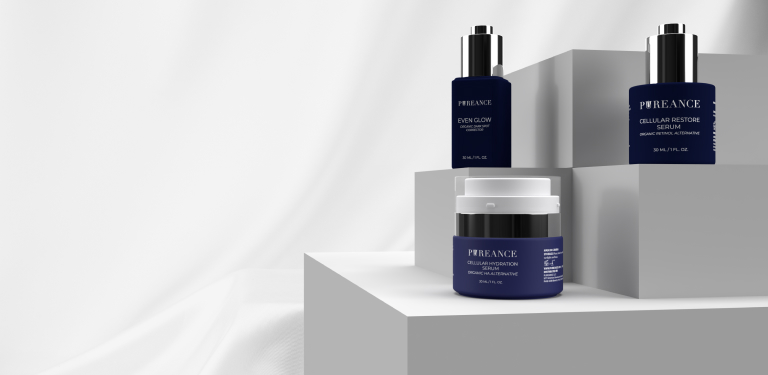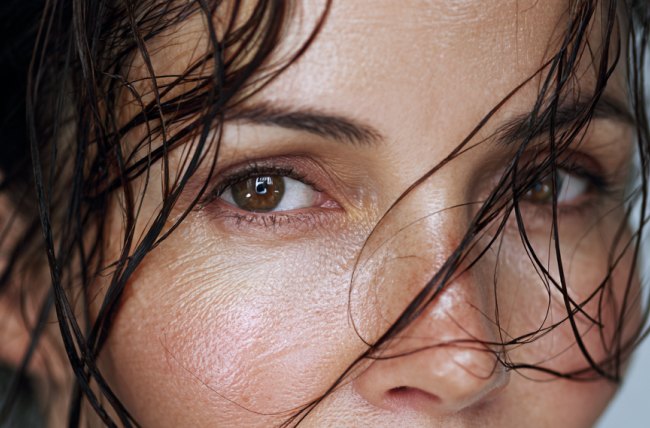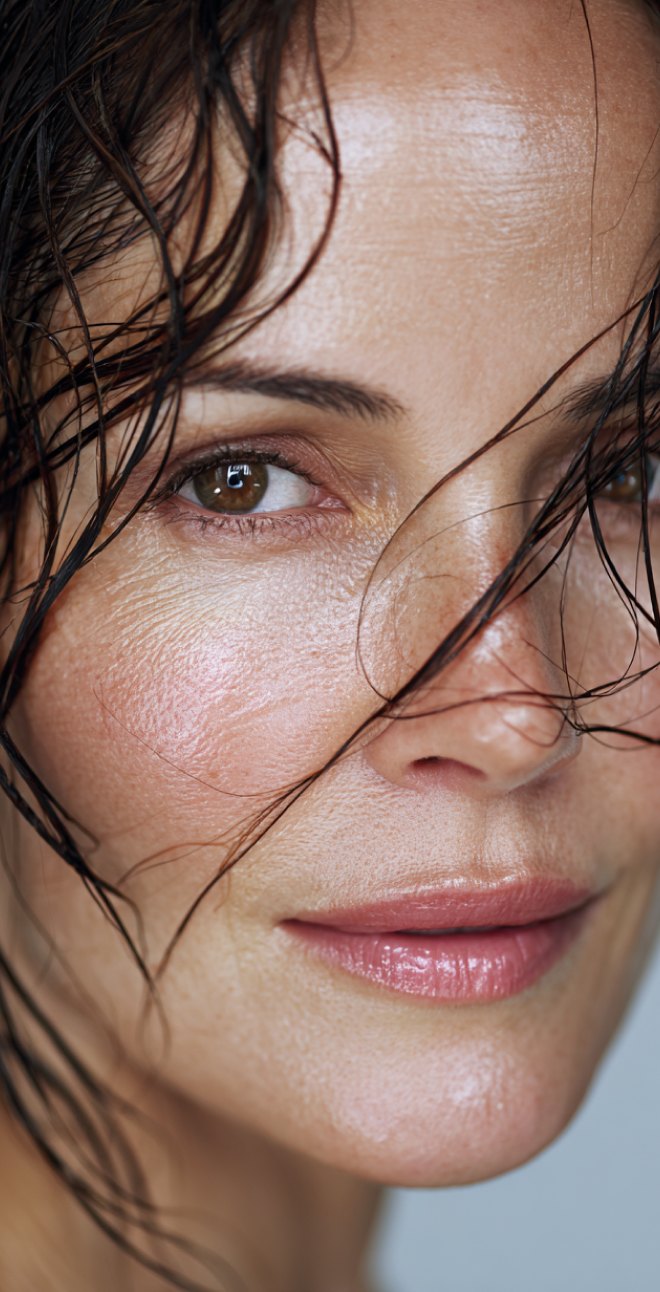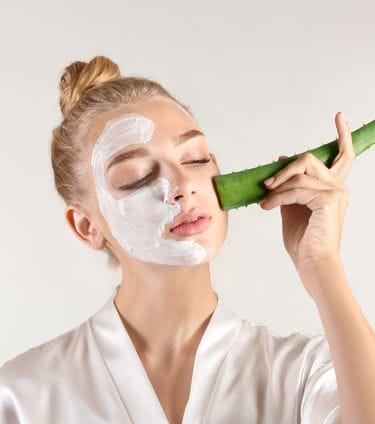


Does Aloe Vera Tighten Skin?
You’ve likely felt it before – that distinctive tightening sensation after applying aloe vera to your skin. It’s a familiar feeling for many women who keep this green plant on their windowsill or its gel in their bathroom cabinet. But what exactly causes that tightness? And more importantly for women with mature skin, is this sensation a sign of beneficial firming or potential dryness? Let’s dive into what’s actually happening when aloe vera makes your skin feel tight.
Key Article Findings
- Aloe vera creates a temporary tightening sensation due to its water content evaporation and natural astringent properties.
- The tightening effect varies significantly depending on your skin type, age, and how you apply it.
- For mature skin, proper application techniques and quality products make all the difference in whether aloe helps or hinders firmness.
Why Aloe Vera Makes Skin Feel Tight
That instantaneous tight feeling after applying aloe isn’t just your mind playing tricks. There’s actual science behind the sensation, and knowing what causes it can help you maximize benefits while avoiding potential drawbacks.
High Water Content & Evaporation Effect
Aloe vera gel consists of about 99% water, which initially provides a surge of hydration to your skin. As this water evaporates, it creates that characteristic tightening sensation. This physical reaction is similar to what happens when a clay mask dries – the water leaves, causing a temporary contracting feeling on your skin’s surface.
Natural Astringent Properties
Beyond simple evaporation, aloe vera contains natural compounds like anthraquinones and tannins that act as mild astringents. These ingredients may temporarily tighten pores and firm the skin’s surface by causing minor contraction of the proteins in your skin. This explains why many women notice their skin looks more toned immediately after application.
Is Skin Tightening from Aloe Vera Good or Bad?
That tightening sensation isn’t universally beneficial or harmful – context matters tremendously. What works wonderfully for a 25-year-old with oily skin might not suit a 45-year-old with drier, more mature skin. Let’s explore when aloe’s tightening effect helps and when it might hurt.
Effects on Mature Skin
For women with mature skin, aloe vera may support elasticity by providing hydration and nutrients that aging skin needs. However, the tightening effect might feel uncomfortable if your skin already lacks moisture. The key is balance – aloe vera to tighten skin works best when paired with ingredients that lock in hydration rather than used alone on mature skin.
When Tightness Could Signal Dryness
That tight feeling sometimes signals that your skin barrier needs more support, not less moisture. If your skin feels tight long after application, appears flaky, or develops redness, the aloe might be too astringent for your needs. For deeper insights on addressing this issue, check out our guide on how to care for dehydrated skin.
Can Aloe Vera Help With Skin Firmness Over Time?
While the immediate tightening effect is temporary, many women wonder if aloe vera and skin tightening have a longer-term relationship. Can regular use actually improve firmness over weeks and months? The answer lies in aloe’s nutritional profile and how it interacts with your skin’s natural processes.
Role in Collagen Support
Aloe vera may support your skin’s collagen network – the scaffolding that keeps skin firm and bouncy. Some research suggests aloe stimulates fibroblasts, the cells responsible for collagen production. While not a miracle worker, consistent application might complement your skin’s natural rebuilding processes, especially when combined with other approaches to tighten face skin naturally at home.
Antioxidant & Vitamin Content
Packed with vitamins A, C, and E, aloe vera provides antioxidant support that may help protect skin from environmental damage. These nutrients potentially strengthen your skin’s resilience over time. The plant’s natural vitamin cocktail works to maintain your skin barrier – which is essential for maintaining firmness and preventing the sagging that comes from compromised skin.
How to Use Aloe Vera for Skin Tightening
If you’re intrigued by aloe’s potential benefits, how to use aloe vera for skin tightening makes all the difference in your results. The right application method can maximize firming benefits while minimizing potential dryness – especially important for mature skin.
Aloe Application Tips for Mature Skin
For mature skin types, always apply aloe vera to slightly damp skin, then seal it with a moisturizer. Mix pure aloe with a few drops of facial oil for added comfort, or layer it under products containing squalane or hyaluronic acid. Start with applications 2-3 times weekly to see how your mature skin responds before increasing frequency.
Best Time to Apply Aloe
Morning application works well in humid climates or for oilier skin, as aloe creates a light, matte base for makeup. Evening application gives drier or mature skin types time to repair overnight without environmental stressors. Pay attention to how your skin feels hours after application – comfort indicates you’ve found the right timing for your needs.
Fresh Aloe vs. Store-Bought Gels
Both fresh and store-bought aloe have their place in your skincare routine. The right choice depends on your lifestyle and specific skin needs.
| Fresh Aloe | Store-Bought Gels |
|---|---|
| ✓ 100% pure with no additives | ✓ Convenient and ready to use |
| ✓ Maximum potency of active compounds | ✓ Longer shelf life (3-12 months) |
| ✓ Cost-effective if you grow your own | ✓ Often enhanced with complementary ingredients |
| ✗ Short shelf life (1-2 weeks refrigerated) | ✗ Quality varies dramatically between brands |
| ✗ Requires preparation before each use | ✗ May contain preservatives or fillers |
| Best for: Sensitive skin, purists, DIY enthusiasts | Best for: Travelers, busy schedules, consistent application |
For the freshest experience with store-bought products, look for clear gels with “aloe barbadensis leaf juice” listed first on the ingredient label, and always refrigerate after opening to maintain potency.
Recipes and DIY Mask Ideas
These simple DIY blends amplify aloe’s natural skin-tightening potential while adding nutrients that mature skin loves.
Hydrating Aloe-Honey Mask
- Scoop 1 tablespoon fresh aloe gel into a small bowl
- Add ½ teaspoon raw honey and mix until smooth
- Apply a thin layer to clean skin, avoiding the eye area
- Allow to sit for 15 minutes
- Rinse with lukewarm water and follow with moisturizer
Cooling Cucumber-Aloe Tightening Blend
- Puree 1 tablespoon cucumber in a blender or food processor
- Mix with 2 tablespoons aloe vera gel
- Apply to face using upward strokes
- Let sit for 15-20 minutes
- Rinse thoroughly and follow with your regular skincare routine
Both masks can be used 1-2 times weekly for gentle firming without overdrying mature skin.
Choosing the Right Aloe Vera Product
With countless aloe products claiming skin-tightening miracles, selecting the right one becomes essential. The difference between a quality formula and a subpar one often determines whether aloe vera helps tighten skin or causes irritation.
What to Look for on the Label
Look for organic certification when possible, and avoid formulas containing alcohol, sulfates, or synthetic fragrances. The most effective products for mature skin pair aloe with humectants like glycerin or hydrating oils that prevent the tightening effect from creating dryness.
How Quality Affects Results
Lower-quality aloe products often contain minimal actual aloe and rely on thickeners and fillers that create a false sense of tightening through surface dehydration. These formulas might feel temporarily effective but can worsen skin texture over time. Investing in purer formulations means you’ll get aloe’s beneficial compounds rather than just its astringent properties.
Skin Types & Aloe
Will aloe vera tighten skin the same way for everyone? Definitely not. Your skin type influences how you’ll experience aloe’s effects and determines the best application method for your unique needs.
Dry or Mature Skin
If you have dry or mature skin, pure aloe vera might feel too tight when used alone. Mix it with a few drops of rosehip or jojoba oil before applying, or layer it underneath a richer moisturizer. Look for aloe products that also contain ceramides or fatty acids that help maintain your skin barrier while providing gentle firming benefits.
Oily or Combination Skin
Oilier skin types often love aloe vera’s natural astringent properties. The plant helps temporarily minimize the appearance of pores and reduce shininess without harsh ingredients. Apply a thin layer of pure aloe gel to freshly washed skin, focusing on areas with enlarged pores. Allow it to dry slightly before applying your regular moisturizer and sunscreen.
Sensitive Skin
Those with sensitive skin need extra caution when using aloe vera to tighten skin. Always patch test new products, and avoid formulations with added fragrance or alcohol. Pure aloe straight from the plant often works best, as commercial products may contain irritating preservatives. Apply a thin layer every few days initially, gradually increasing frequency as your skin adapts.
Conclusion
So, does aloe vera tighten skin? Yes – but with important nuances. Aloe creates both immediate tightening through evaporation and astringent properties, and may offer longer-term benefits through its nutrient content and potential collagen support. However, the results vary dramatically based on your skin type, the product quality, and your application method.
For women with mature skin, aloe vera works best as part of a thoughtful routine rather than a standalone miracle. The plant’s benefits shine when you pair it with complementary ingredients that prevent excessive tightness while supporting skin health.
No, aloe vera doesn’t create permanent tightening. It may provide temporary firming through astringent properties and possibly support long-term skin health through hydration and nutrient content, but consistent use within a complete skincare routine is necessary for lasting results.
Yes, aloe can potentially cause dryness if overused or applied without moisturizer, especially on mature or dry skin. Some people may also experience irritation from additives in commercial products rather than from aloe itself.
Fresh aloe offers purity and potency but requires frequent harvesting and has a short shelf life. Quality commercial products provide convenience and stability, often with complementary ingredients. Both can effectively tighten skin when properly formulated and applied.
This site offers health, wellness, fitness and nutritional information and is designed for educational purposes only. You should not rely on this information as a substitute for, nor does it replace, professional medical advice, diagnosis, or treatment. If you have any concerns or questions about your health, you should always consult with a physician or other health-care professional. Do not disregard, avoid or delay obtaining medical or health related advice from your health-care professional because of something you may have read on this site. The use of any information provided on this site is solely at your own risk.
Nothing stated or posted on this site or available through any services are intended to be, and must not be taken to be, the practice of medical or counseling care. For purposes of this agreement, the practice of medicine and counseling includes, without limitation, psychiatry, psychology, psychotherapy, or providing health care treatment, instructions, diagnosis, prognosis or advice.
